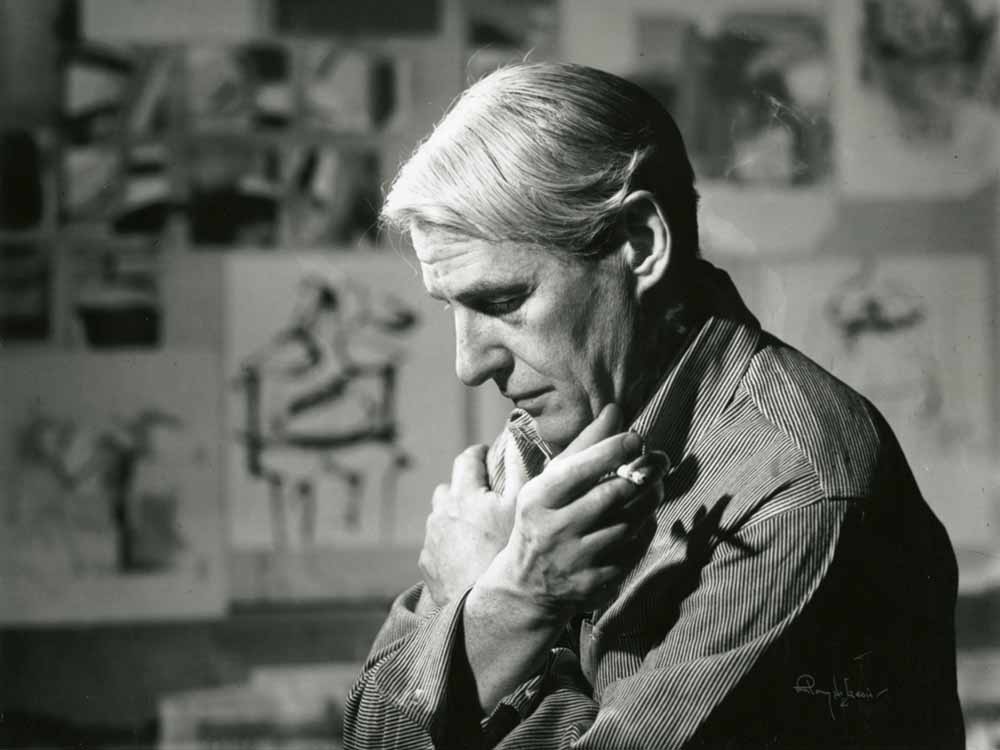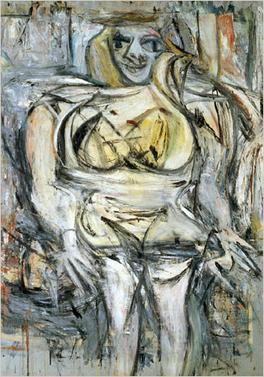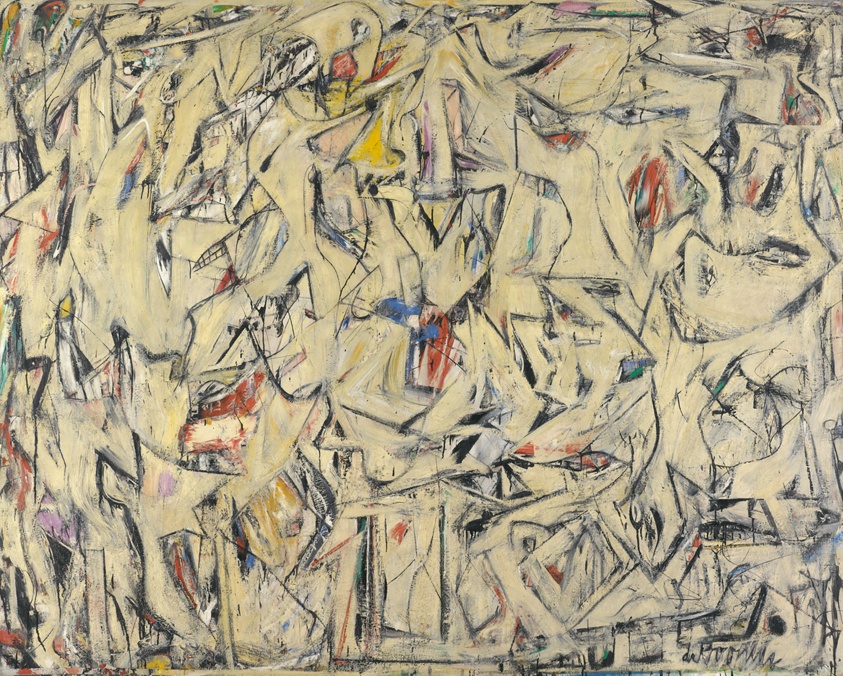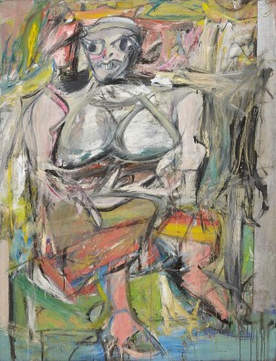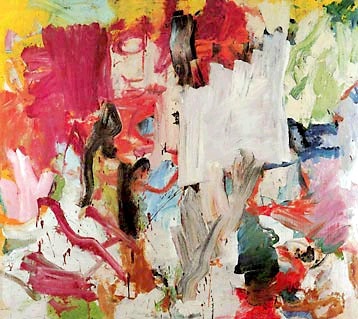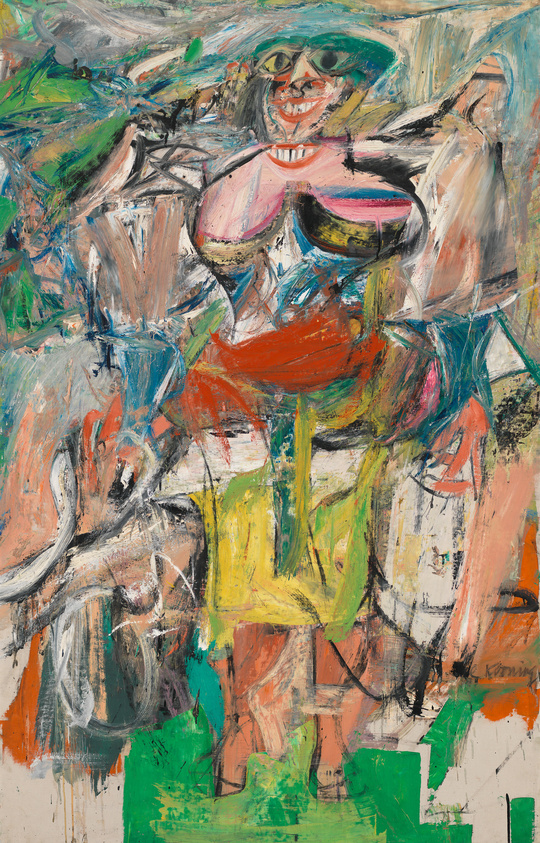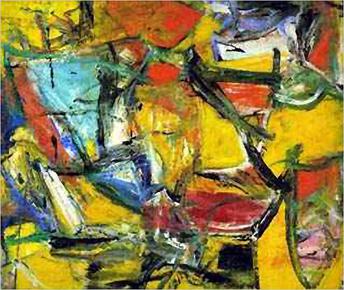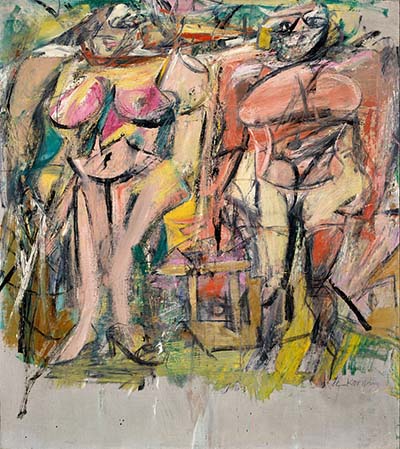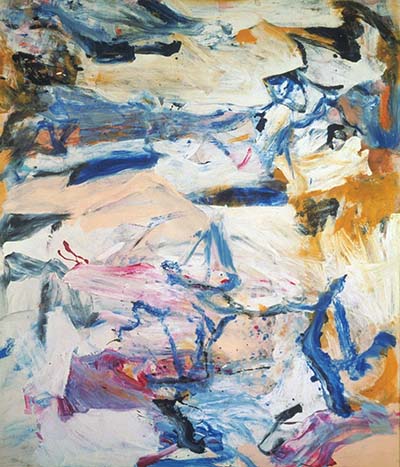How One Dutch-American Artist Splashed His Way Into Art History
Who Was Willem de Kooning, and Why Should You Care?
Willem de Kooning wasn’t just an artist. He was a full-body-swinging, canvas-wrestling, New York-dwelling juggernaut of abstract expressionism. Born in the Netherlands and smuggled into America like a sketchy tube of oil paint in the 1920s, de Kooning tore through the 20th-century art scene with all the grace of a jazz saxophone solo played at maximum volume during a poetry slam.
“Flesh was the reason oil paint was invented.”
—Willem de Kooning
With every brushstroke, he pushed the boundaries between form and chaos, beauty and brutality. And the art world? It couldn’t look away—even when it didn’t know what the heck it was looking at.
Women, Women Everywhere — And Not a Still Life in Sight
If you’ve heard of de Kooning, you’ve probably heard about “Woman I” — his iconic, controversial, and arguably terrifying painting of a woman. Critics weren’t sure if they should applaud or run away screaming.
But that’s the magic of de Kooning. His depictions of women weren’t soft, demure portraits. They were explosions. Emotional earthquakes wrapped in oil paint. Critics called them violent, grotesque, electric, and primal. Willem called them “real.”
“I don’t paint to live, I live to paint.”
—Willem de Kooning
Paint Like You Mean It (Even If You Have No Idea What You’re Doing)
De Kooning didn’t paint pictures; he painted emotions. His process? Less “careful brushwork” and more “bare-knuckle brawl with a canvas.” His studio looked like a war zone—think buckets of paint flung around like a toddler with finger paints and no adult supervision. He’d layer, scrape, blur, repaint, drink coffee, forget what he was doing, and then somehow—miraculously—birth a masterpiece.
For him, art wasn’t about perfection. It was about persistence, physicality, and the freedom to mess up—again and again—until it felt right.
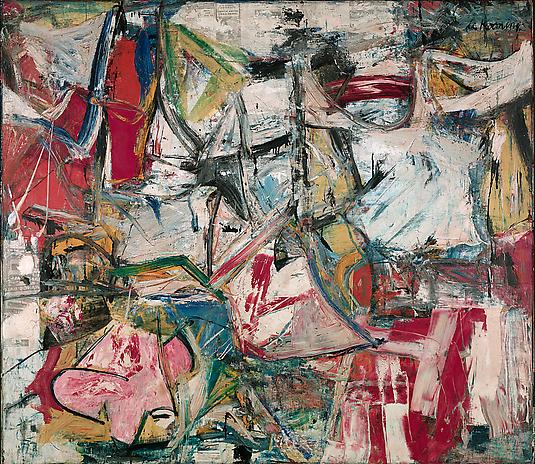
From Dutch Stowaway to American Icon
De Kooning’s journey from illegal immigrant to leading light of the New York School is nothing short of cinematic. He was broke, underappreciated, and painted signs to pay the bills. Fast forward a few decades, and his works are now selling for over $300 million. Yep. MILLIONS. That’s a lot of paint thinner.
“You have to change to stay the same.”
—Willem de Kooning
What Can We Learn From Willem?
In a world obsessed with perfect pixels and curated feeds, de Kooning’s messy genius reminds us that great art is brave, imperfect, and deeply human. You don’t have to know where you’re going when you start—you just have to pick up the brush and go for it.
Want to Channel Your Inner de Kooning?
Feeling inspired? Whether you’re a digital artist, a bedroom painter, or just someone who loves chaos and color, it’s time to let go. Splash, smudge, experiment. Make something wild. Make something real.
Looking to explore more art genres? Head over to JoeLatimer.com for a multidisciplinary, visually stunning experience. ☮️❤️🎨
Enjoy this blog? Please help spread the word via:


